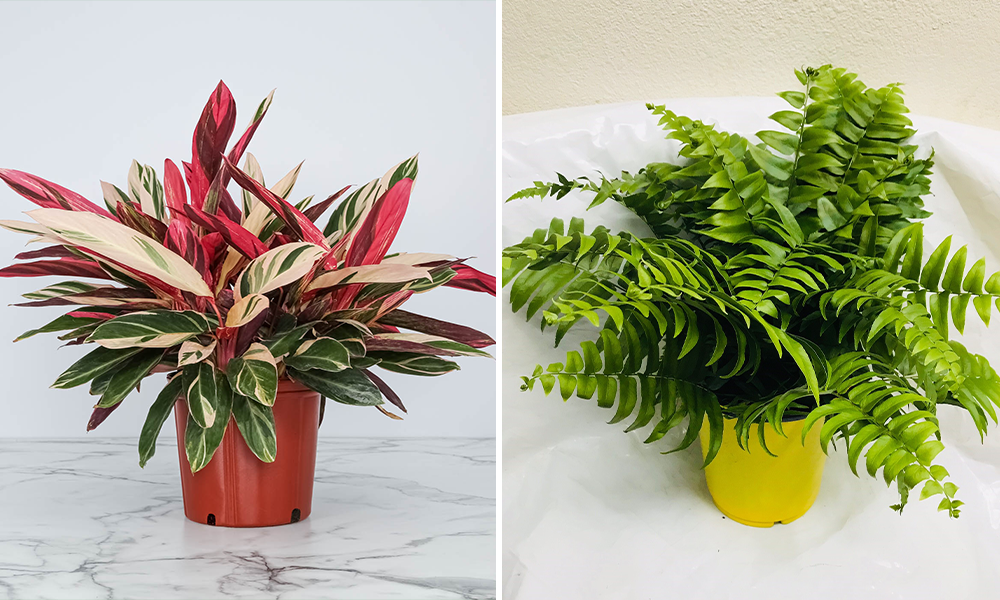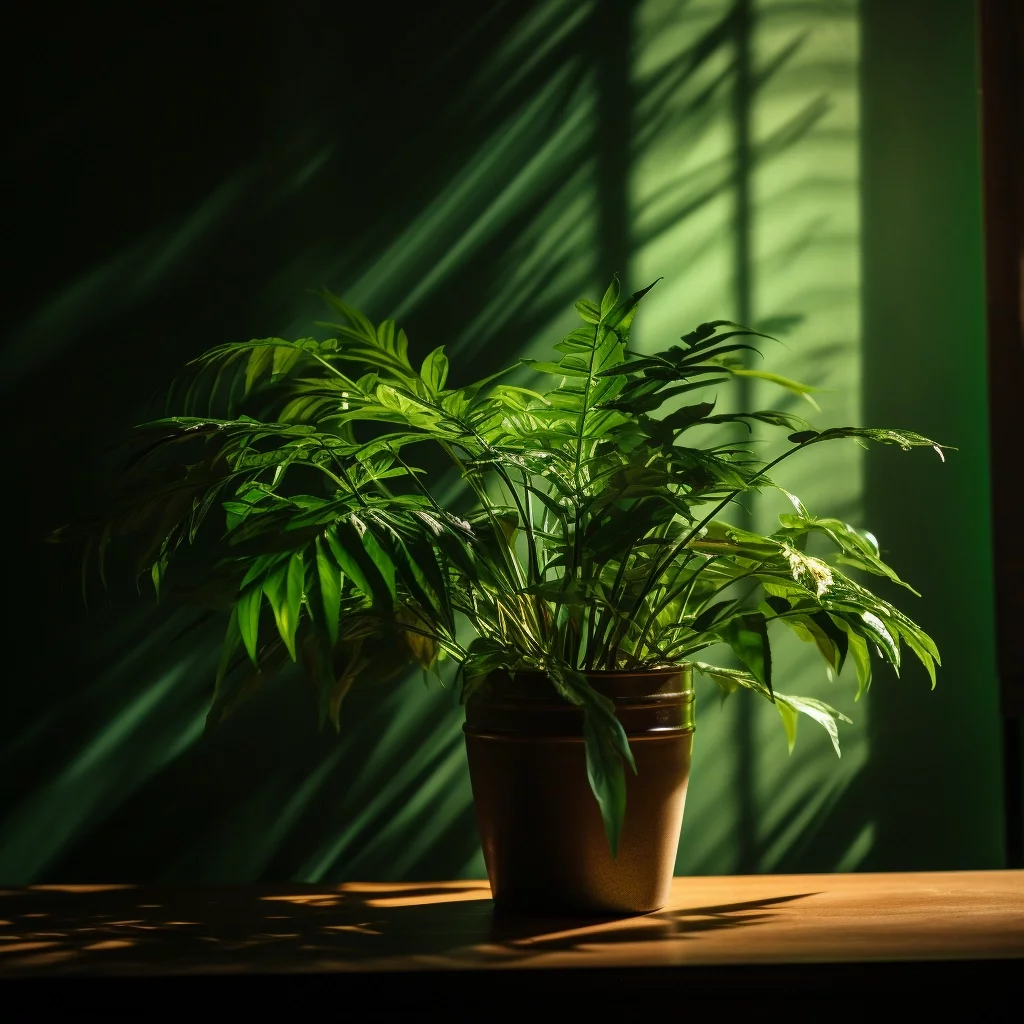The Best Low-Light Indoor Plants to Improve Your Home’s Air Quality
The Best Low-Light Indoor Plants to Improve Your Home’s Air Quality
Blog Article
Reveal the Secrets of Low-Light Indoor Plants and Just How They Boost Your Atmosphere
Low-light indoor plants have actually garnered boosting focus for their distinct ability to improve both visual allure and environmental high quality within work environments and homes. These durable species, including the Serpent Plant and Peace Lily, not only prosper in challenging lighting conditions yet additionally play an essential duty in air filtration and emotional wellness. Comprehending the details benefits and care demands of these plants can considerably influence your space. As we discover the intricacies of their benefits, you may uncover understandings that could transform your surroundings in unexpected ways.
Benefits of Low-Light Indoor Plants
Although numerous people presume that interior plants require plentiful sunshine to flourish, low-light interior plants provide a plethora of advantages that make them ideal for various environments. One of the main benefits is their flexibility; they can thrive precede with restricted natural light, such as offices, cellars, or spaces with tiny windows. This attribute enables people to boost their surroundings with plant, adding to improved aesthetic appeals without the demand for comprehensive illumination adjustments.
Furthermore, low-light interior plants can substantially boost indoor air quality by launching and filtering unsafe toxic substances oxygen, making living areas healthier. The visibility of plants has actually been connected to better sensations of peace and focus.
In addition, low-light plants often call for less upkeep than their sun-loving counterparts, making them ideal for active individuals or those new to horticulture. Their strength enables them to flourish with very little intervention, therefore giving a satisfying experience for plant enthusiasts and novices alike. In summary, low-light indoor plants offer both visual and functional objectives, making them beneficial additions to any area.
Leading Low-Light Plant Varieties
Low-light indoor plants been available in a range of species, each offering special attributes and advantages matched for dim settings. Among one of the most popular ranges is the Snake Plant (Sansevieria), recognized for its air-purifying abilities and architectural fallen leaves. This resilient plant thrives on neglect and can endure a vast array of light conditions.
Another superb choice is the ZZ Plant (Zamioculcas zamiifolia), which features glossy, dark eco-friendly fallen leaves and is highly drought-tolerant. Its adaptability makes it a preferred for offices and homes with restricted sunlight.
The Pothos (Epipremnum aureum) is also a top challenger, with its trailing creeping plants and heart-shaped fallen leaves - Best low-light indoor plants. This flexible plant can be trained to climb or waterfall, including aesthetic passion to any room

Treatment Tips for Low-Light Plants
Taking care of low-light interior plants requires a nuanced understanding of their particular requirements to ensure ideal growth and vitality. First, it is important to select the appropriate potting mix, as a well-draining soil is important to prevent origin rot. A mix created for houseplants, often having peat moss and perlite, works well for most low-light varieties.
Watering is another key facet of care. Low-light plants typically call for much less regular watering contrasted to their sun-loving counterparts.
Fertilization needs to be approached with care. During the growing period, a diluted fluid plant food can be used monthly, however in cold weather, lots of low-light plants get in inactivity and call for little to no fertilizing.
Last but not least, it is necessary to occasionally cleanse the fallen leaves to get rid of dust, enabling much better light absorption. By adhering to these care pointers, you can grow a flourishing setting for your low-light interior plants, boosting both their look and longevity.
Enhancing Air High Quality With Plants
Indoor plants play a considerable function in enhancing air high quality within homes and office. Via the process of photosynthesis, these plants take in co2 and release oxygen, adding to a much healthier ambience. Additionally, particular low-light indoor plants have the capability to filter dangerous toxins, such as benzene, formaldehyde, and trichloroethylene, which are generally discovered in indoor atmospheres.

Furthermore, the presence of interior plants can boost moisture levels, which assists minimize completely dry skin and breathing problems, better improving total well-being. This ability to improve air quality not only advertises physical wellness but likewise sustains psychological wellness.
Incorporating low-light interior plants into your living and working rooms can result in an extra invigorating and dynamic setting (Best low-light indoor plants). Spending in these all-natural air purifiers is a basic yet efficient strategy for boosting indoor air high quality and promoting Find Out More a healthier way of life
Producing a Peaceful Indoor Room
The integration of plants into living spaces not just boosts air high quality yet likewise adds to a relaxing environment. Low-light indoor plants, such as snake plants and pothos, are specifically effective in producing a calm environment, as they prosper in conditions that may otherwise be unwelcoming for other plant. Their rich foliage provides a calming aesthetic, minimizing stress and advertising leisure.
Integrating these plants into your home or office can evoke a sense of tranquility and wellness. Purposefully putting them in locations where you invest significant time, such as living spaces or work spaces, enables for an immersive experience with nature, which has actually been shown to improve mood and cognitive feature.
In addition, the mild movement of fallen leaves in feedback to airflow can create a vibrant aesthetic aspect that improves the overall setting. Consider making use of a range of plant elevations and appearances to add deepness and interest to your area. With thoughtful placement and treatment, low-light interior plants can transform any area right into a peaceful haven, cultivating not only visual satisfaction but likewise psychological and mental health.

Conclusion
Incorporating low-light indoor plants into different atmospheres returns substantial benefits, consisting of enhanced air quality and enhanced visual appeal. These durable types not only prosper in marginal light however likewise contribute to a relaxing ambience, advertising psychological and psychological wellness. By choosing ideal ranges and carrying out appropriate care techniques, people can effectively cultivate a peaceful indoor room that cultivates well-being and productivity. The transformative power of low-light plants emphasizes their worth in improving both household and occupational setups.
Although many people presume that indoor plants need abundant sunshine to flourish, low-light interior plants provide a multitude of advantages that make them suitable for various environments.In addition, low-light indoor plants can dramatically enhance indoor air top quality by filtering dangerous contaminants and launching oxygen, making living spaces healthier. In addition, particular low-light interior plants have the capability to filter dangerous pollutants, such as formaldehyde, trichloroethylene, and benzene, which are generally located in indoor environments.
Low-light indoor plants, such as snake plants and pothos, are particularly efficient in developing a calm environment, as they thrive in problems More Bonuses that may or else be unwelcoming for various other greenery.Integrating low-light interior plants right into different settings returns considerable article source advantages, including enhanced air top quality and enhanced aesthetic charm.
Report this page